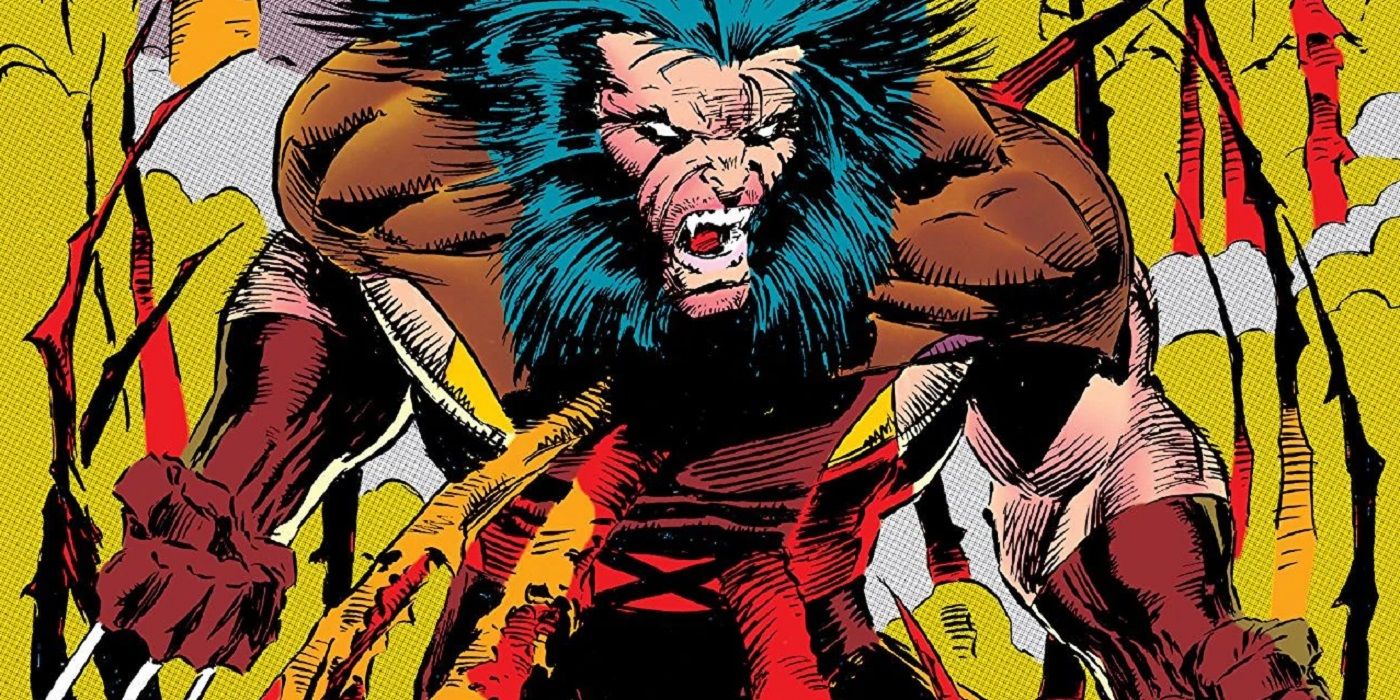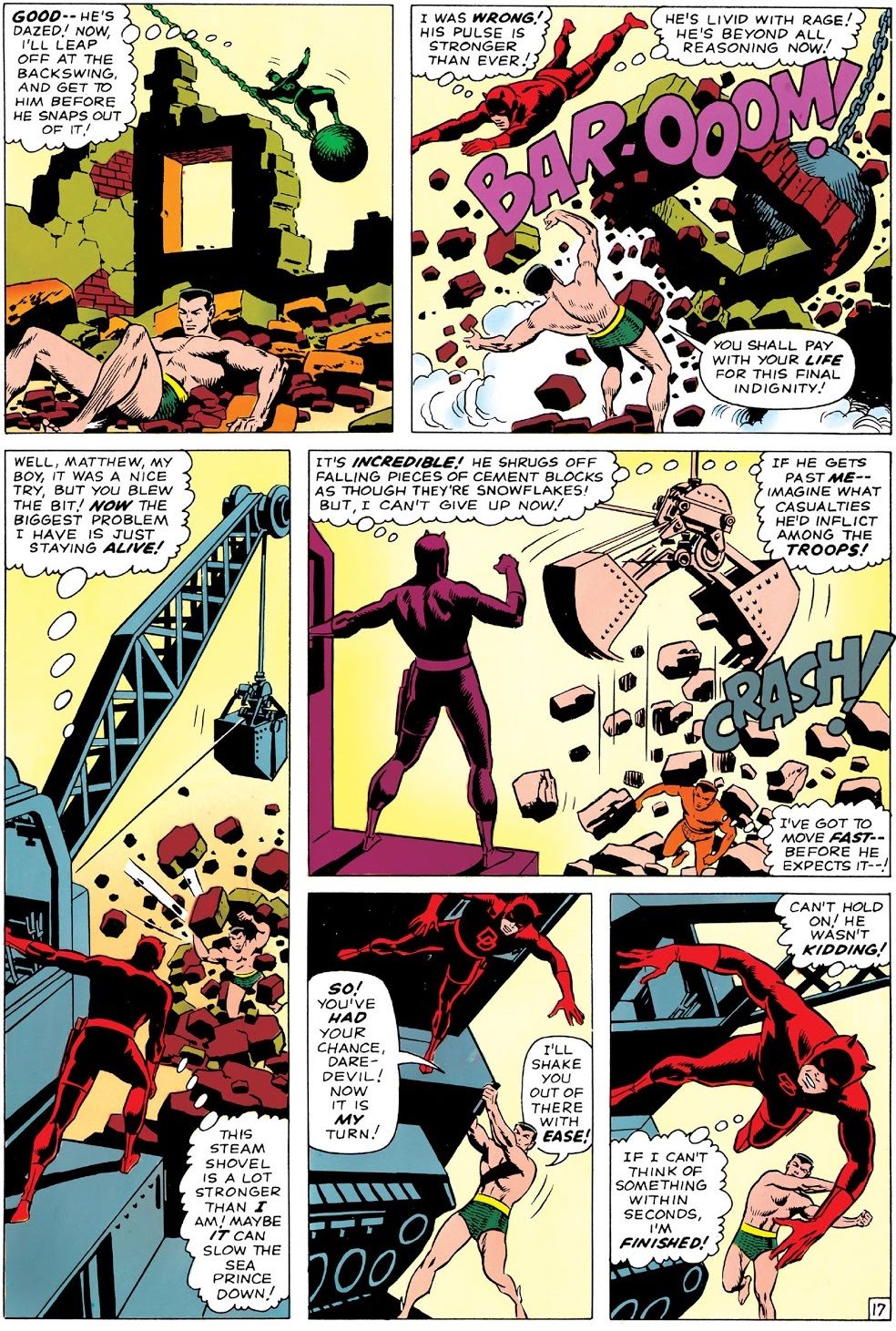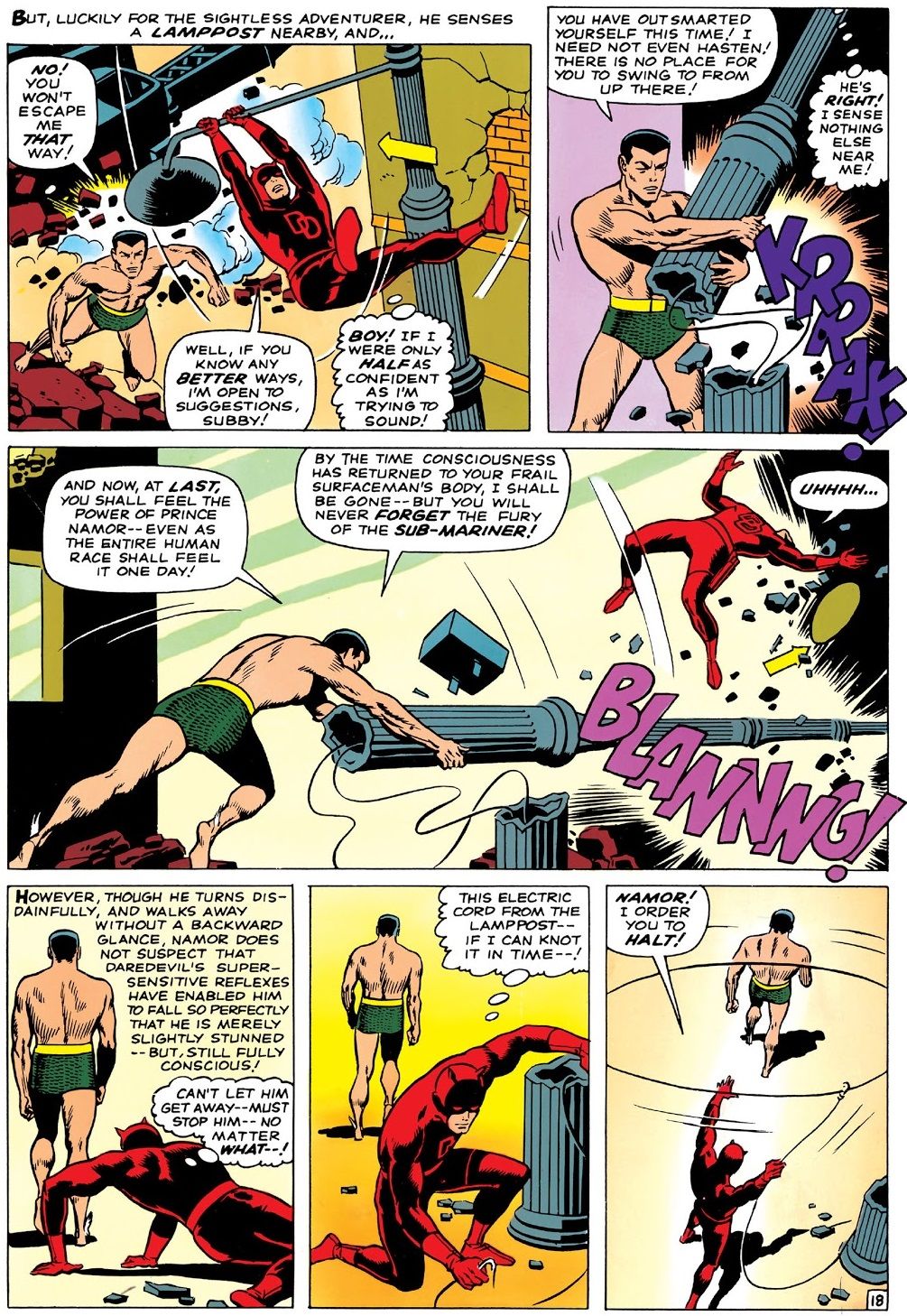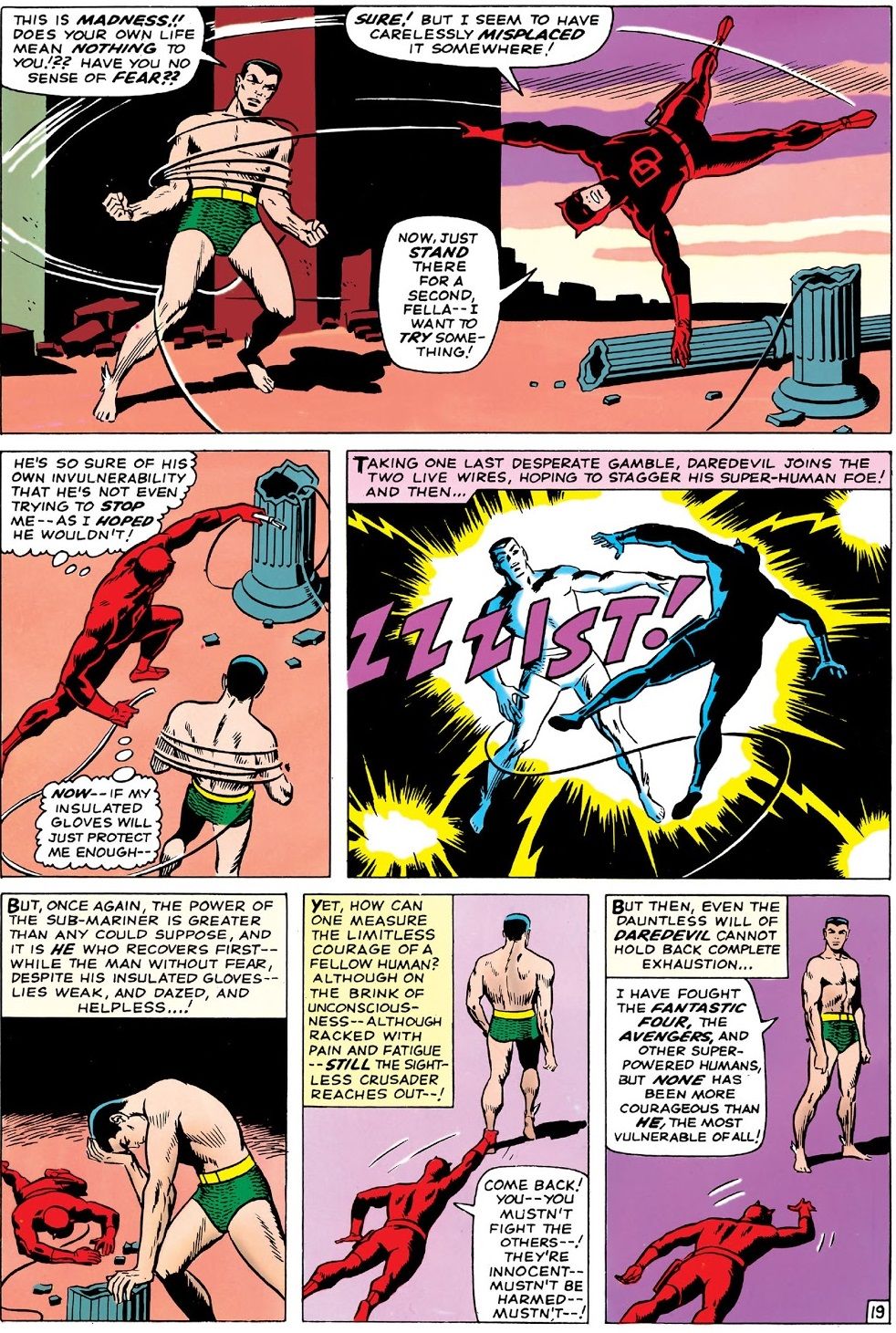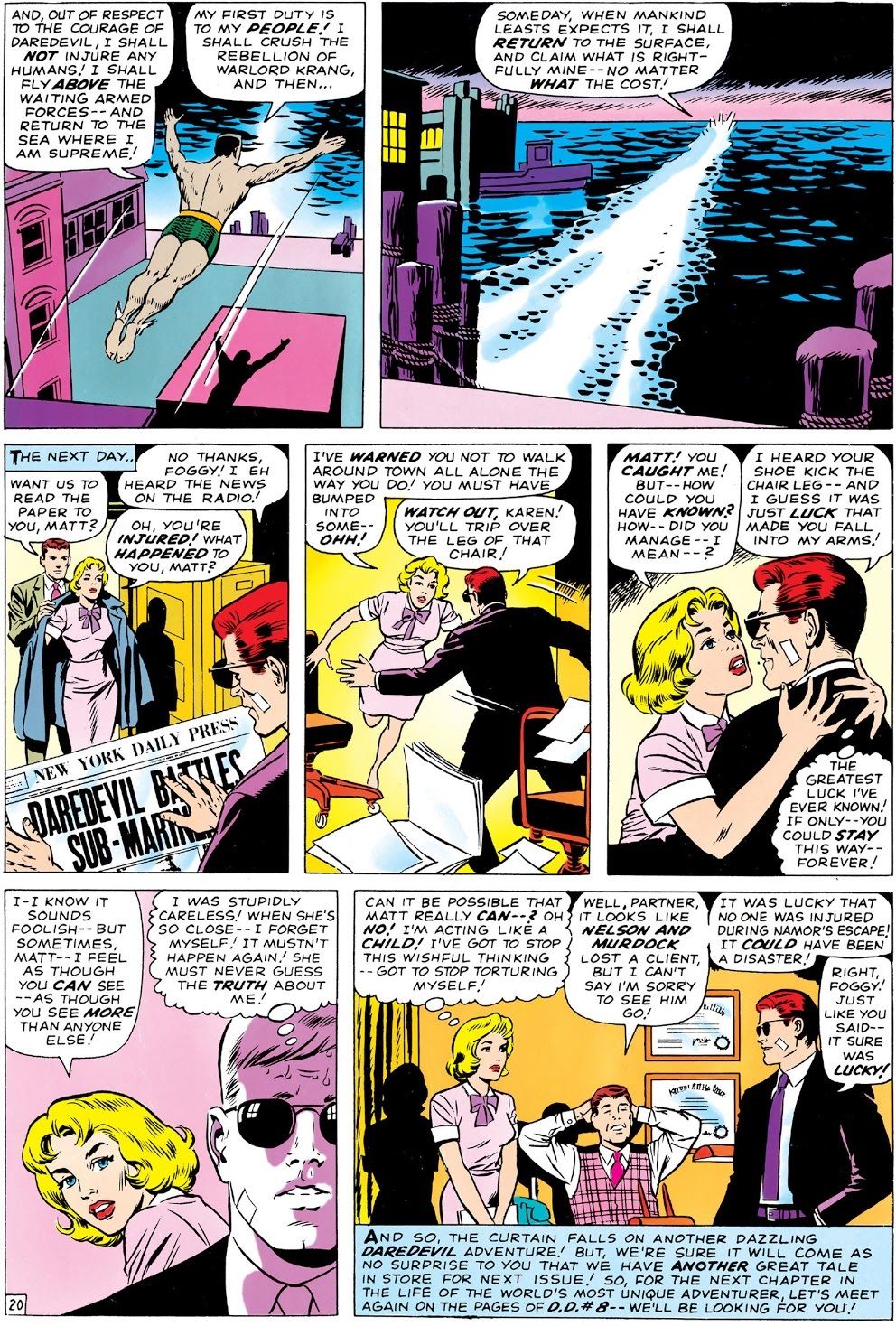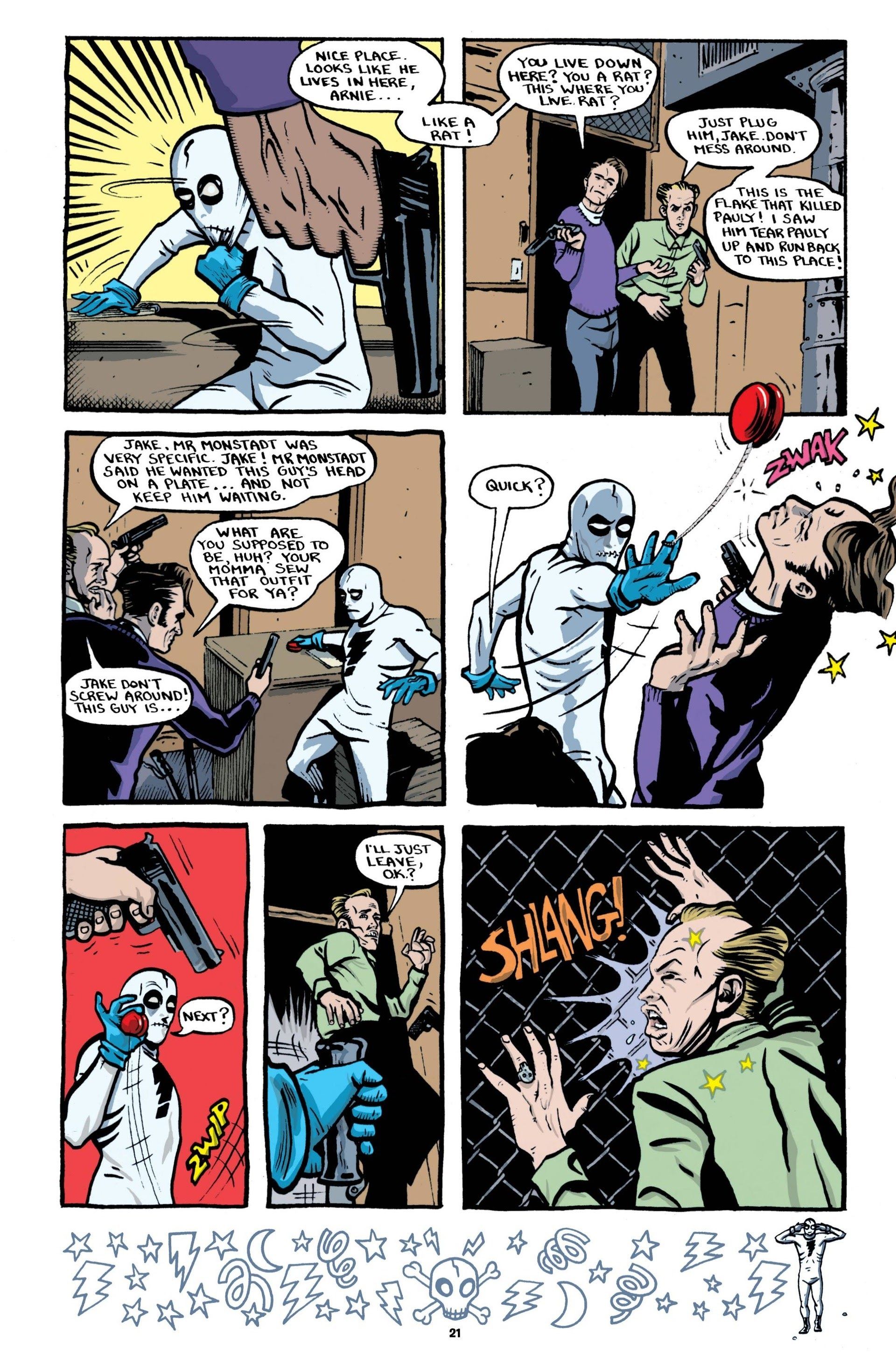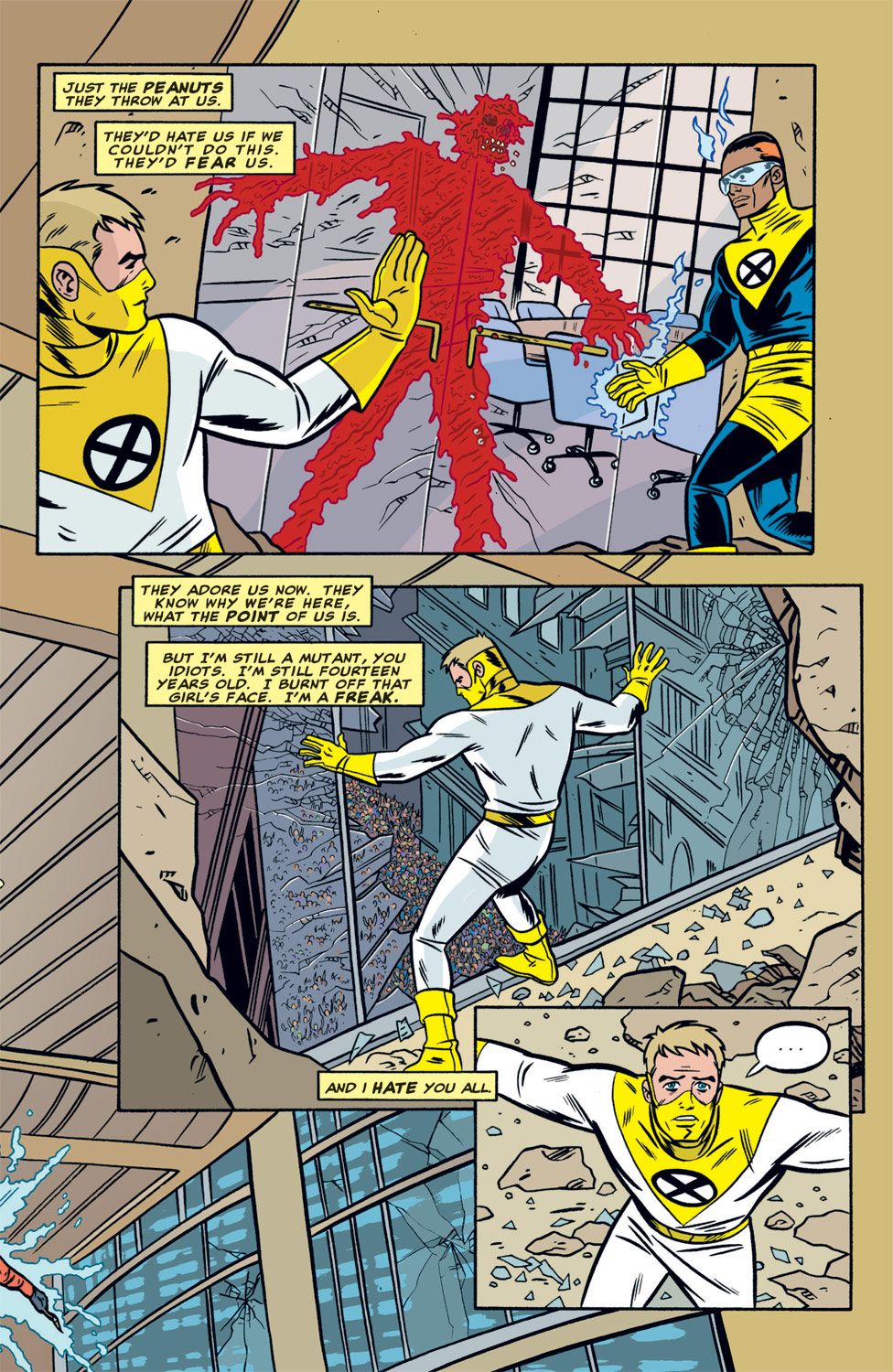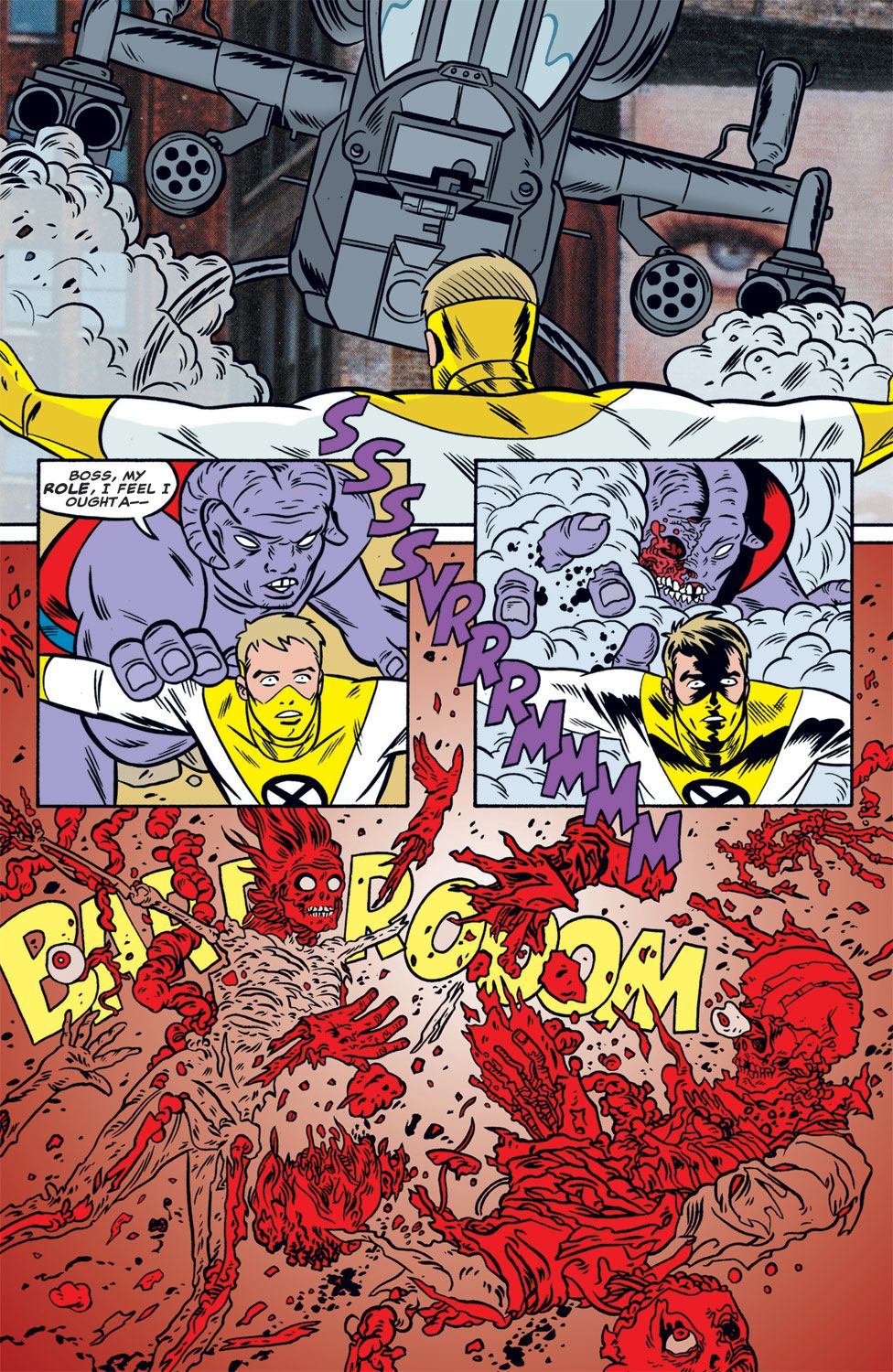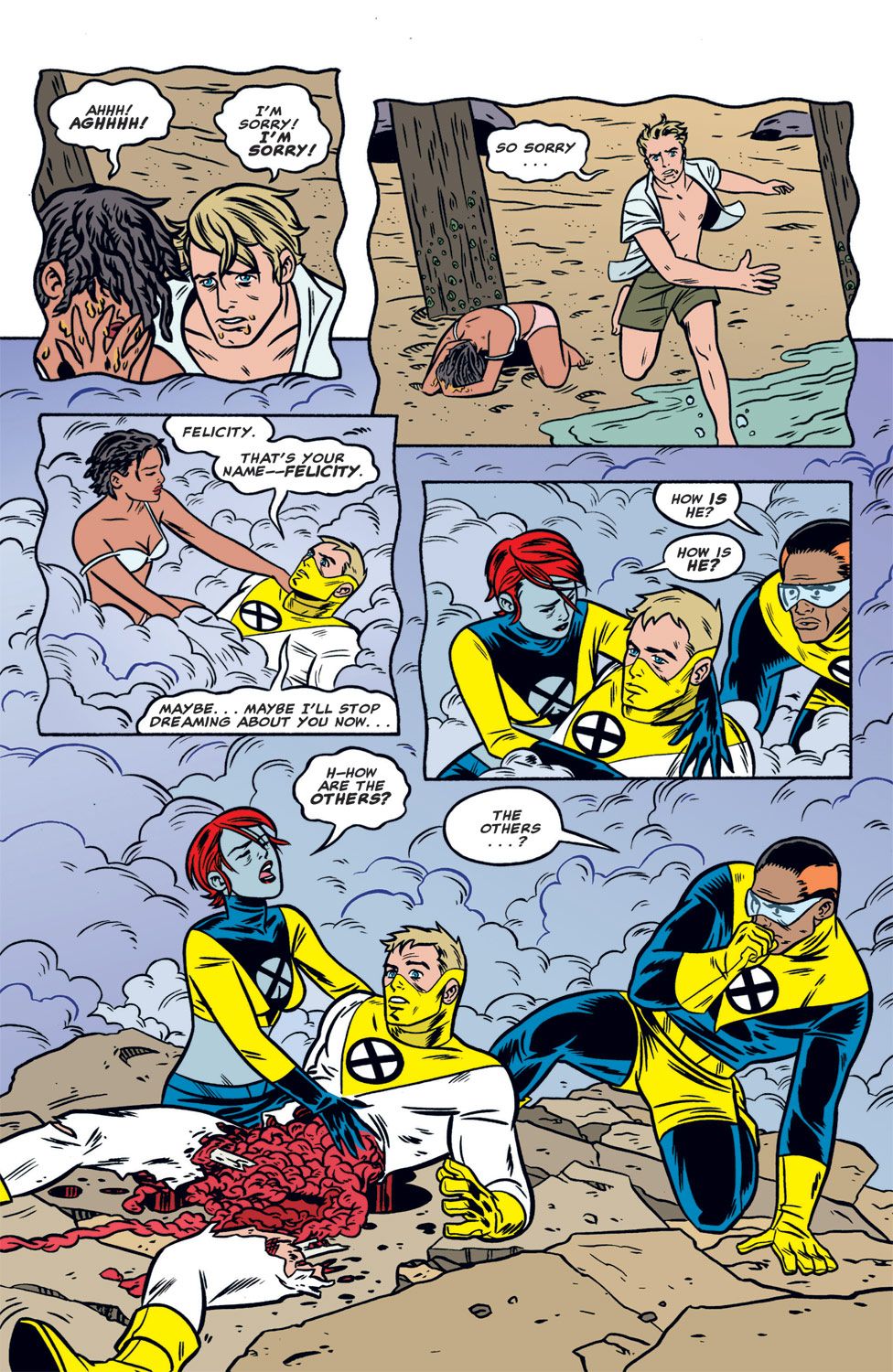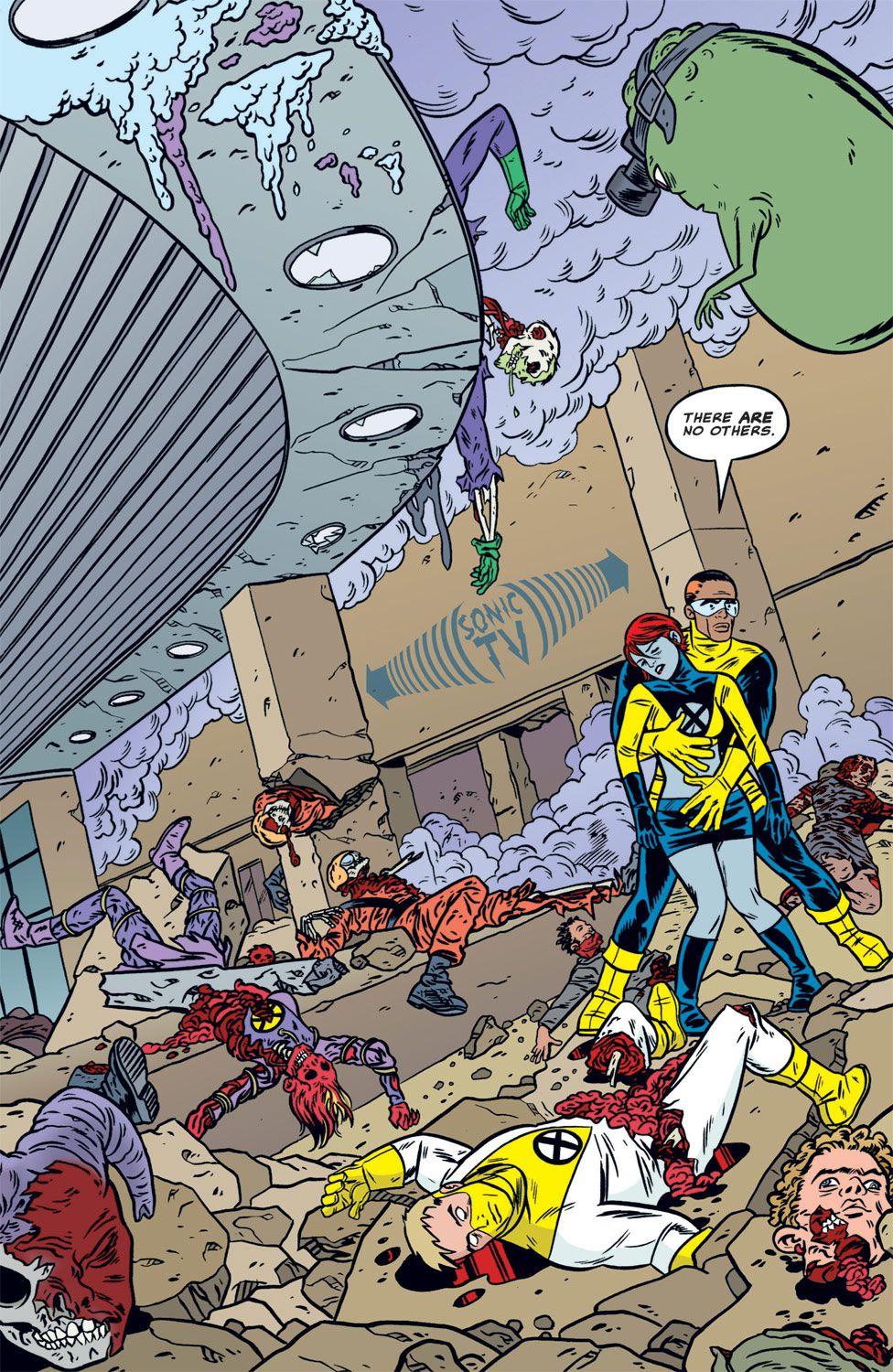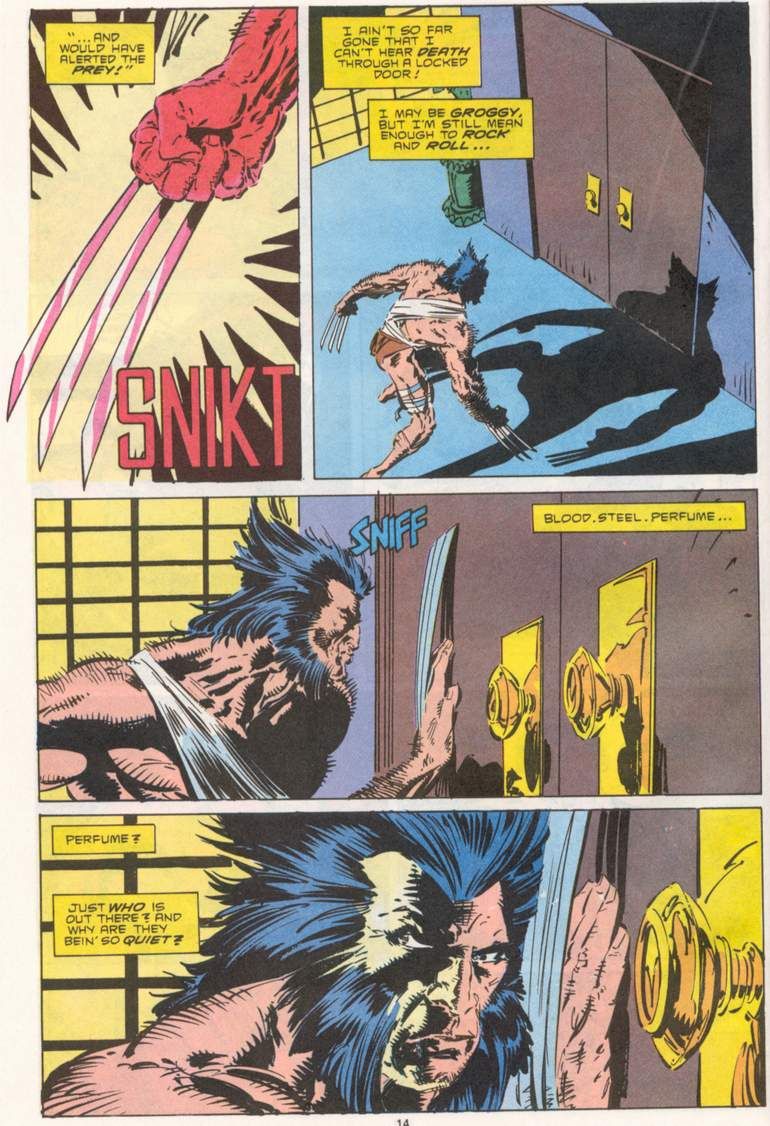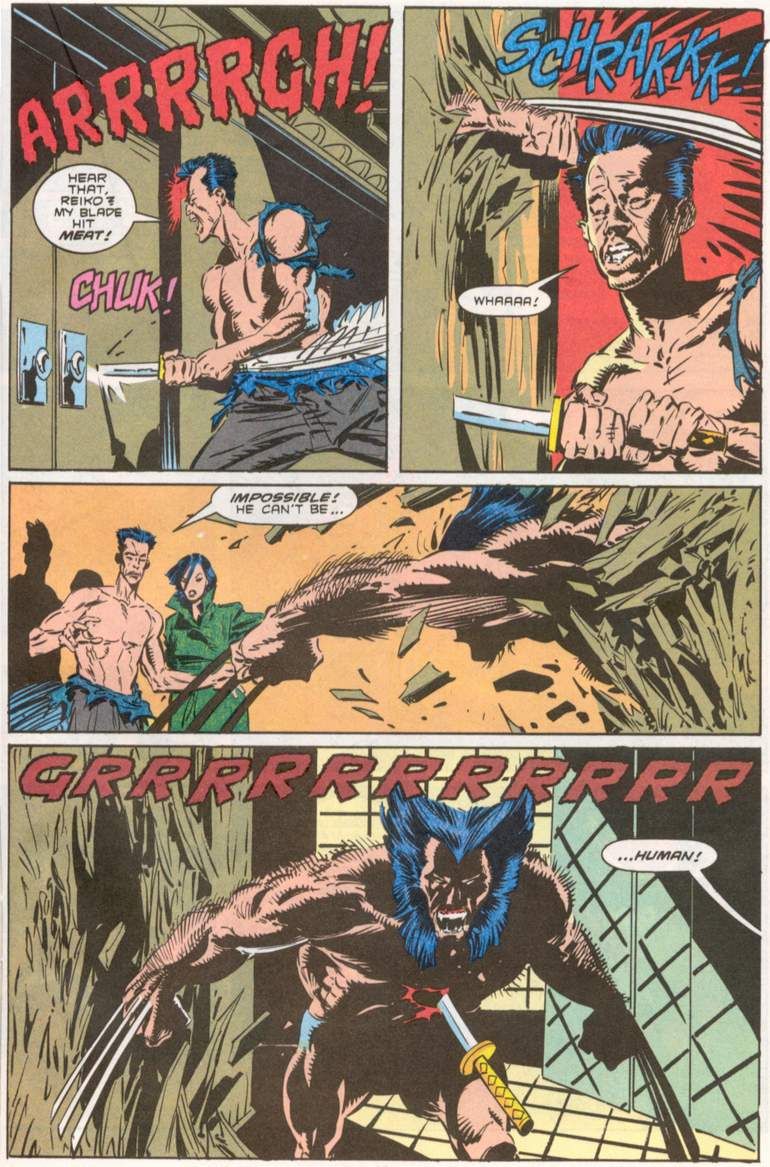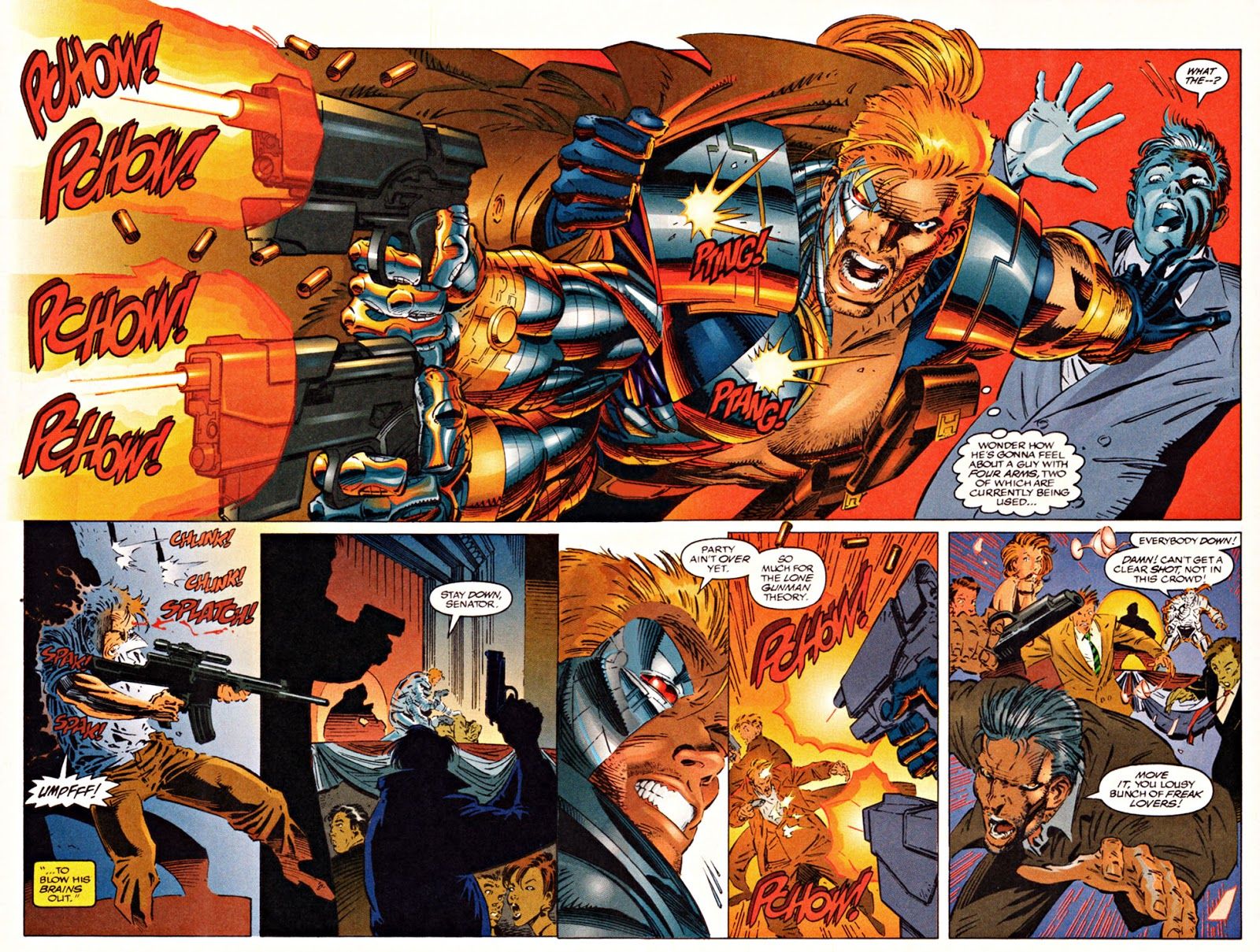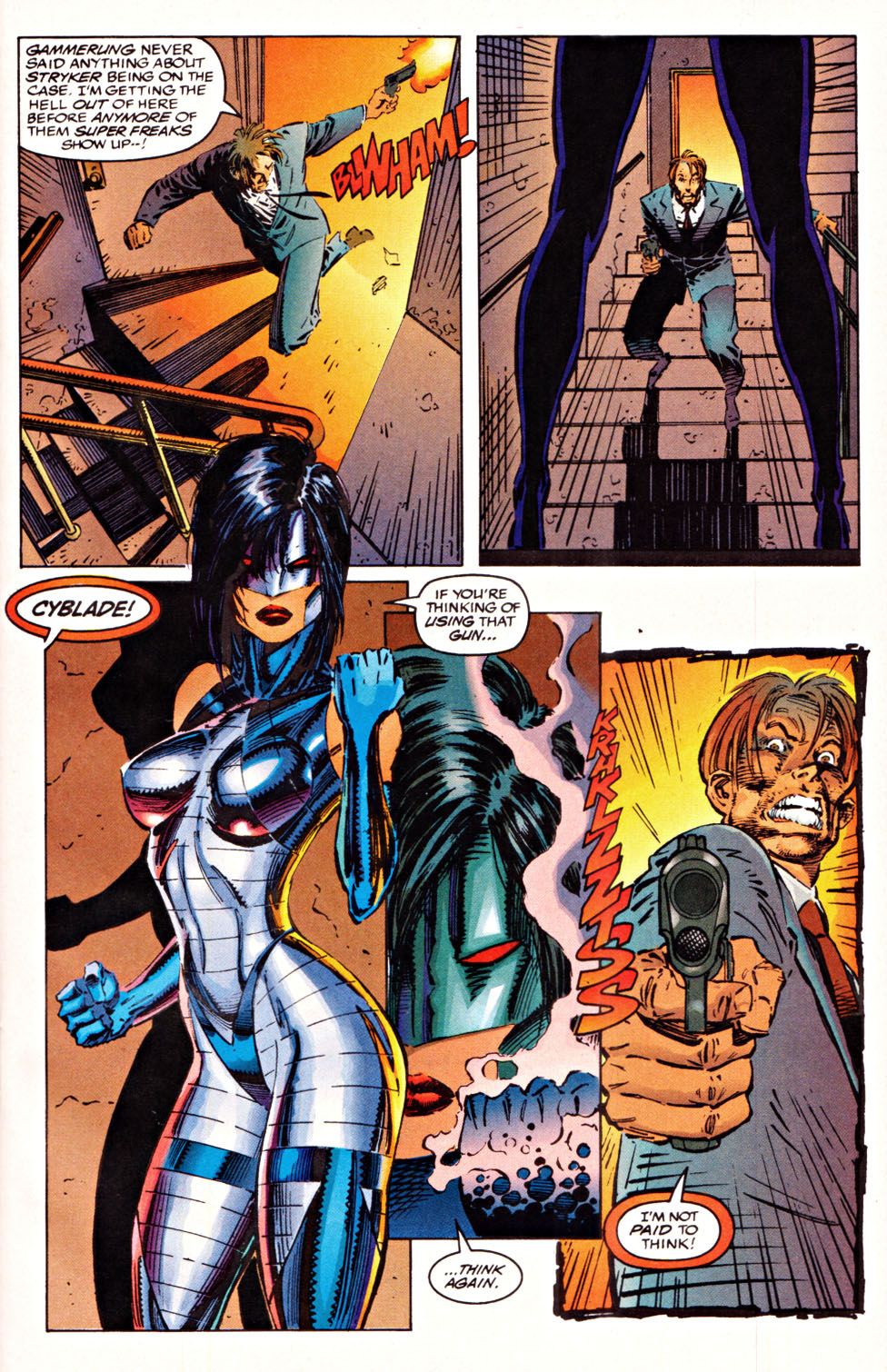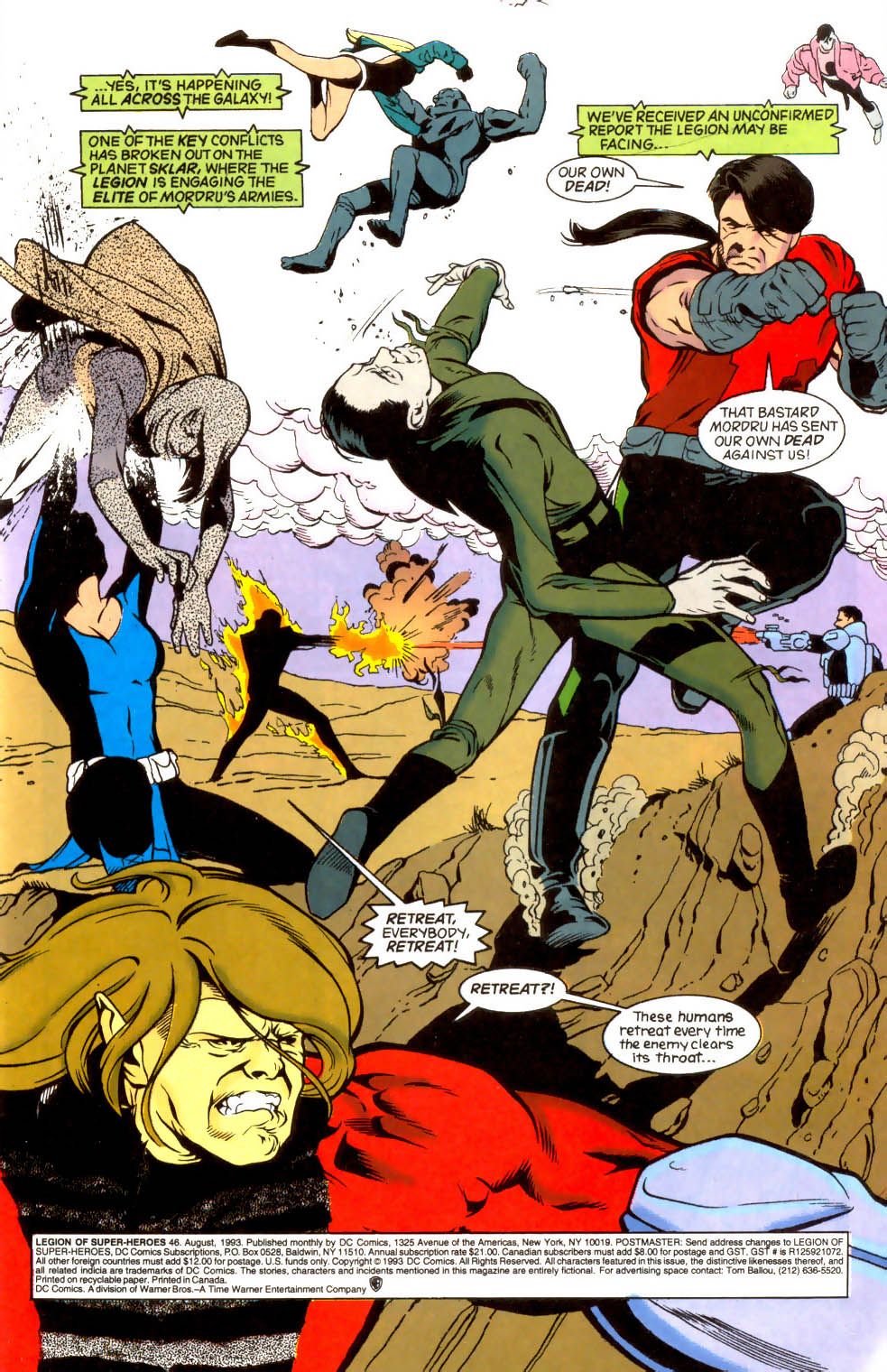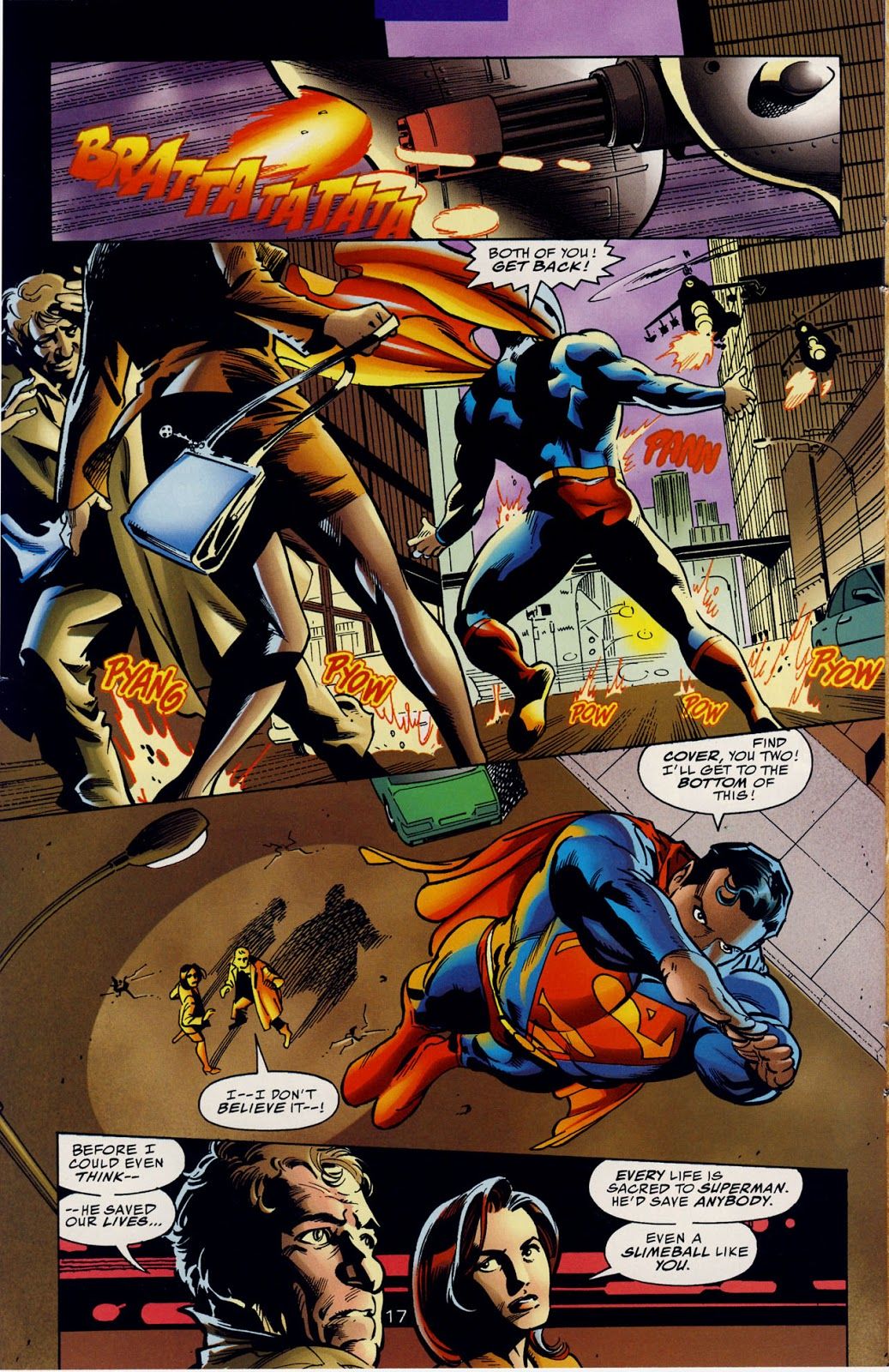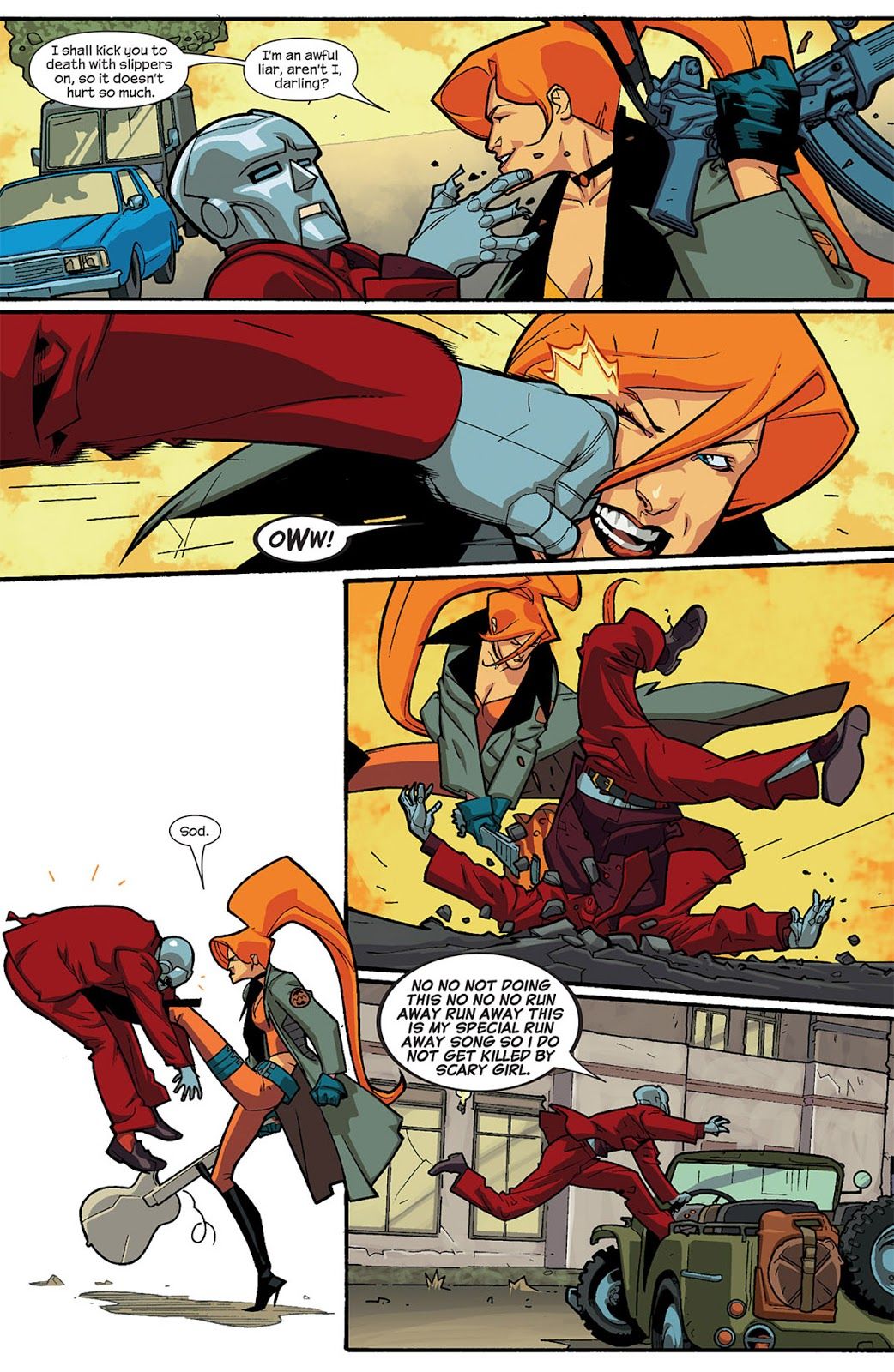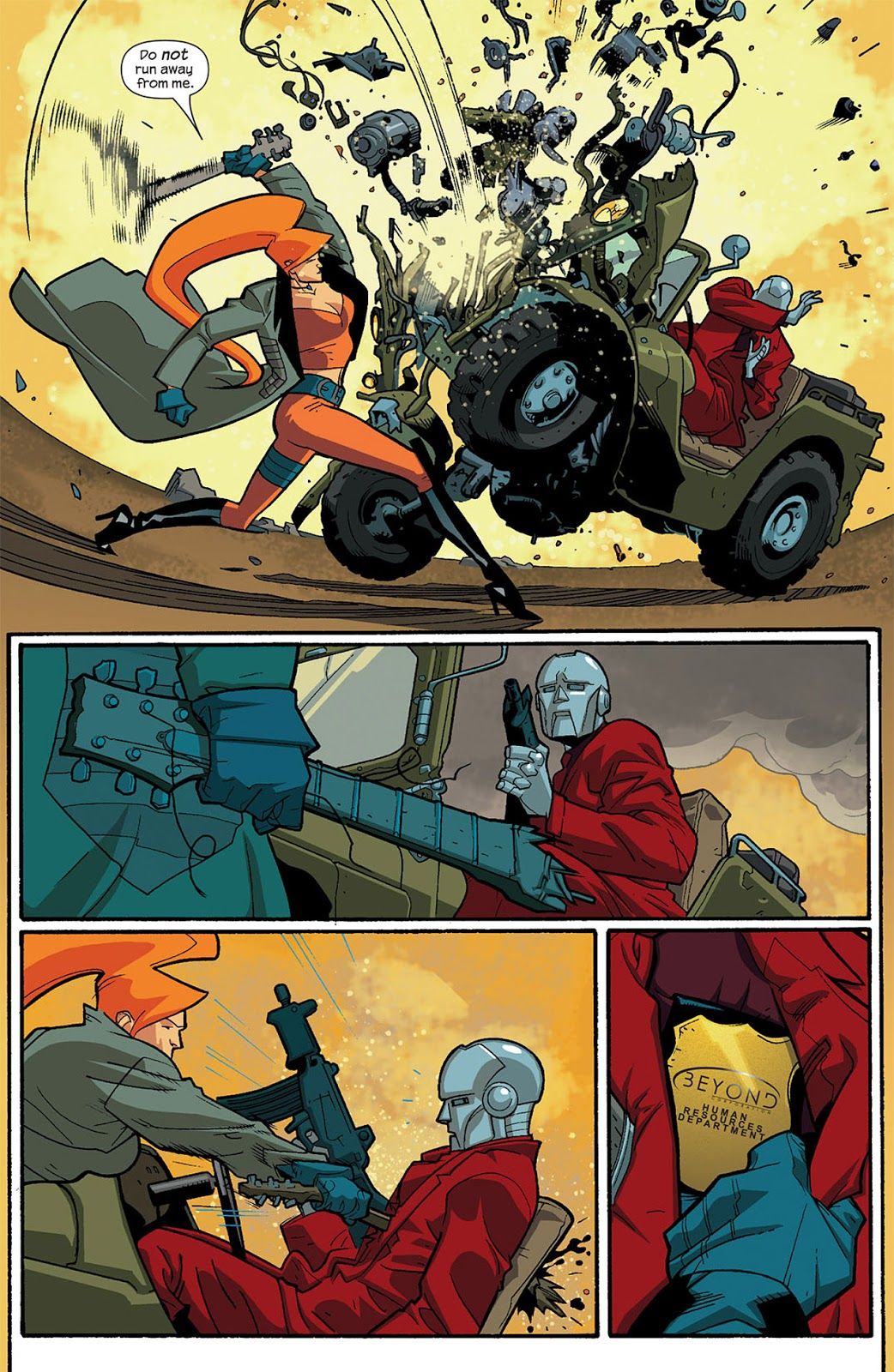The countdown continues! Here are the next four comic book artists that you voted as your favorites of all-time (out of roughly 1,023 ballots cast, with 10 points for first place votes, 9 points for second place votes, etc.).
42. Wallace Wood – 249 points (8 first place votes)
Wallace Wood was a bit of a comic book savant, in that there really wasn't a genre or art style that Wood could not excel at. He was a brilliant caricaturist, but at the same time could draw the most realistic looking characters that you could see. Wood came of age at a period where comic books were doing a number of different genres, so his skills were well served for that era. He helped to convince EC Comics to get into science fiction comics, and he drew some of the most brilliant science fiction covers of the era (later, Wood would then draw the Mars Attacks trading card set for Topps, which would become one of the most iconic trading card sets of all-time - think of how big Mars Attacks is as a concept and note that it all came just from a card set that Wood came up with).
As noted, Wood could excel in any number of genres, which includes superhero comics. He gave working for Marvel Comics a shot in the mid-1960s, but ultimately stopped working for the company as he did not like the fact that Marvel artists had to come up with the plot to their comics without getting paid extra as plotters. Still, during his short stint at Marvel (which Stan Lee hyped up like crazy, as Lee was a huge fan of Wood's work), Wood redesigned Daredevil (giving him his classic red costume) and wrote and drew (with dialogue by Lee) one of the all-time great superhero fight stories in Daredevil #7...
Wood is also famous for his "22 Panels That Always Work" piece, which is a guide to comic book artists on how to break up what would be an otherwise monotonous series of talking head panels. Wood's outsider status sadly never led him to the super stardom that his skills deserved and after suffering from some health issues (which included the loss of vision in one of his eyes), he died by suicide in 1981 when he was just 54 years old.
41. Mike Allred – 251 points (7 first place votes)
Mike Allred's artwork mixes two distinct visual cues - a sort of Silver Age throwback look mixed with realistic people stuck in over-the-top situations. The latter gives his work a great deal of pathos and the former makes his work really stand out visually from the typical sort of independent comic book that you'd expect.
Allred burst on to the scene with his independent creation, Madman, who was first introduced in a short story as just a teenager dealing with the fact that he had been brought back from the dead as basically like a Frankenstein monster (the character's name was Frank Einstein). Frank just wanted to be accepted, but everyone treated him like a freak. However, after that first appearance, Allred then gave Frank a costume and he became the superhero known as Madman. The concept worked beautifully, as Allred is a brilliant sequential artist, so the action sequences were excellent while still being, you know, decidedly offbeat (Madman's weapon of choice was a yo-yo)...
Allred's throwback style really makes the occasional darkness of his stories standout even more, which became quite notable in his next most-notable series after Madman, the revamp of X-Force with writer Peter Milligan. The issue opened up with a group of young adult superheroes sort of raging against the machine, as it were...
And then suddenly...everything changed in a flash of automatic gunfire...
This was very clearly not the comic book that anyone thought it was when they first started reading it, as this was a comic where the star of the book (and the narrator) graphically dies at the end of the first issue...
along with almost the entire rest of the team...
Allred has done a number of work over the years with both Madman and the X-Force characters (who were later re-named X-Statix). Currently, he's going all-in on his Silver Age sensibilities in an excellent Superman miniseries with writer Mark Russell.
40. Marc Silvestri – 258 points (1 first place vote)
Marc Silvestri first broke into comics working for First and DC Comics in the early 1980s. He moved over to Marvel Comics and worked on Web of Spider-Man for an acclaimed run with writer David Michelinie and inker Kyle Baker.
By the time Marc Silvestri graduated to becoming the regular artist on Uncanny X-Men, the X-Books were, well, "the X-Books," which was not the case for when either John Byrne or Paul Smith took over. This was not just a comic book, this was a FRANCHISE, and Silvestri was being given a chance to draw the main book of the franchise.
Silvestri used a different style back then than the one he would develop working for Image in the early 90s. On Uncanny (where he was mostly inked by Dan Green), his art was a great deal more experimental, it seemed almost reminiscent of the work David Mazzucchelli was doing on Daredevil around the same time.
This was the time when the Fall of Mutants occurred, and the world thought that the X-Men were dead, but instead, they went and lived in Australia for awhile. Then Inferno happened, and then the X-Men broke up and there was a long storyline where the group slowly got back together. By this time, Silvestri had left the book to begin a popular run on Wolverine with Larry Hama.
He then helped co-found Image Comics with his series, Cyberforce. Silvestri debuted a new art style around this time that he has mostly stuck with in the decades since. It's not dramatically different from his earlier work, of course, but he definitely went for a tighter feel with his art than his looser stuff from before.
While serving as the head of his studio at Image Comics, Top Cow Studios, Silvestri still also occasionally does major comic book projects, like the end of Grant Morrison's New X-Men run, some other X-Men one-shots and a brief run on Incredible Hulk with Jason Aaron. He has also returned to Cyberforce a number of times in recent years. He is writing and drawing a major Batman project for DC that will be debuting soon.
39. Stuart Immonen – 264 points (3 first place votes)
Likely one of the reasons that Stuart Immonen has become such an amazingly eclectic artist is the fact that he grew up with a particularly eclectic variety of comic books as his influences. In an interview with Sequential Tart around 2000, Immonen noted as particular influences, "Stan Drake's work on The Heart of Juliet Jones daily strip, and his Kelly Green graphic novels. Andrew Loomis and his contemporaries, Pruett Carter, John Whitcombe. AL Williamson, Wally Wood, Alex Raymond, Herge, Alex Toth, John Byrne, Bill Siekewicz, Katsuhiro Otomo, Masamune Shirow, Jerry Ordway, Rodolfo Damaggio." As you might imagine, those are all over the place in terms of styles and approaches, but I think one key attribute that is present in all of those artists' work is also something that has always been a hallmark of Immonen's comic book art, which has been a strong sense of storytelling. Immonen has always been a guy who lays a story out with beautifully consistent sequentials.
Early in his comic book career, Immonen had a bit more of a classical superhero style, one that still evolved a good deal from his time on the Legion of Super-Heroes...
until the end of his stint on the Superman titles (where he eventually became a writer and artist on the series)...
What has always impressed me the most about Immonen is his constant evolution as an artist. Take his classic Nextwave series with Warren Ellis. Immonen adopted more of a cartoon sheen to his work for this series, but it was a cartoon sheen that also came with an extreme dedication to precision in the artwork. Like watch the engine on the car explode when it is punched...
Talk about dedication! However, Immonen does not use the Nextwave style on all of his work, of course. He adapts his style to fit the work that he is doing. When he did the Fear Itself crossover event for Marvel, he went for more of an epic feel to his pencils and when he did Amazing Spider-Man a few years back with Dan Slott, he had a slightly more traditional take that evoked his excellent run on Ultimate Spider-Man with Brian Michael Bendis. Slott's final storyline, in particular, relied heavily on having an artist who could tackle some intense emotional expressions and Immonen is all about that, as well.

